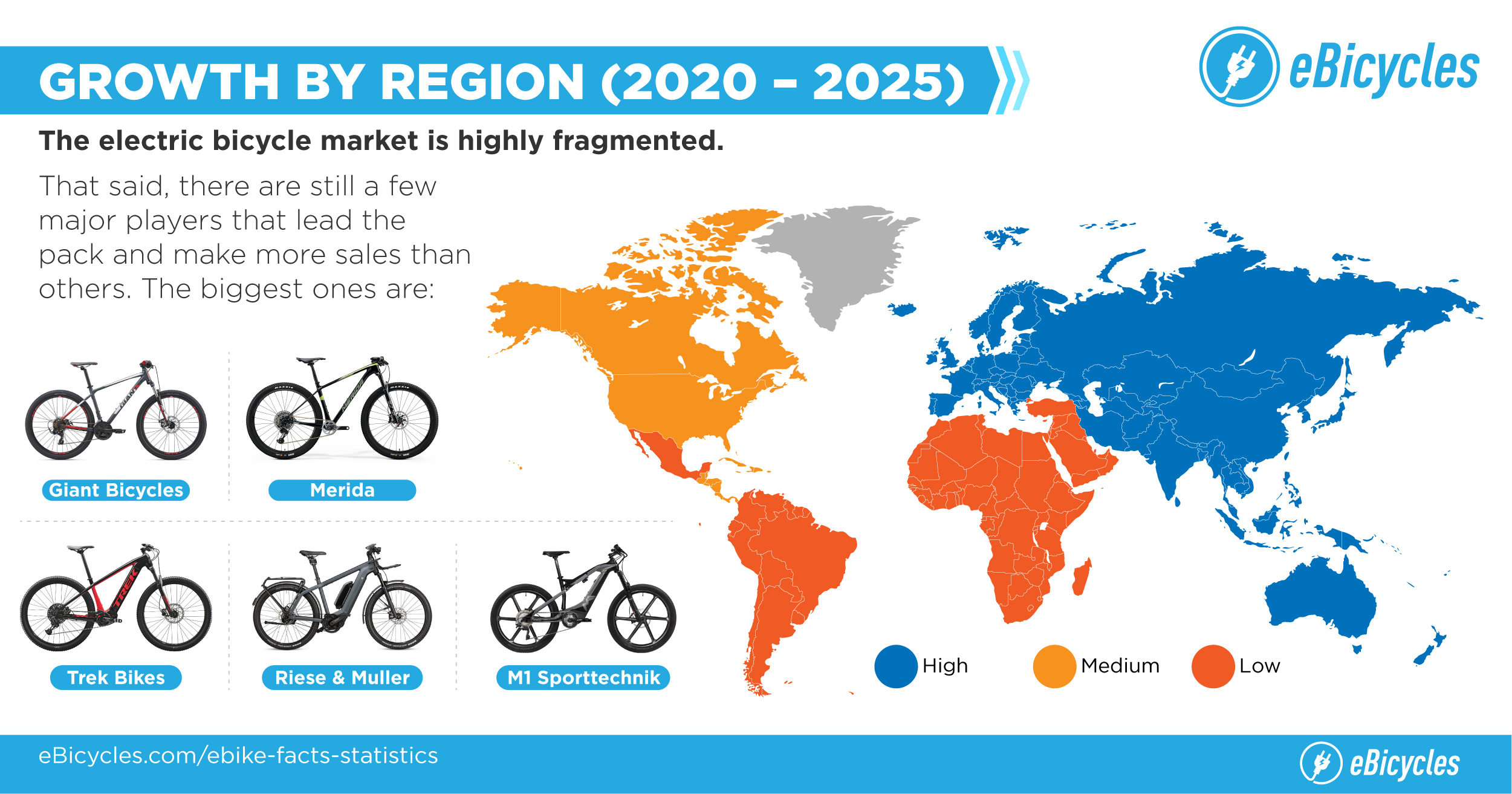Comprehending E-Bike Rules And Regulations: A Newbie'S Manual For Your City
Comprehending E-Bike Rules And Regulations: A Newbie'S Manual For Your City
Blog Article
Material Written By-Spivey Dejesus
Before you hop on your e-bike and struck the streets, it's crucial to recognize the regulations and policies that control your city. From rate limits to marked riding areas, there's a whole lot to take into consideration to ensure you're certified and safe. By acquainting yourself with the rules details to e-bikes, you'll be much better geared up to appreciate your rides without any unanticipated legal problems. Remain tuned to uncover vital insights that will aid you browse the e-bike landscape in your city flawlessly.
Comprehending E-Bike Category
When it concerns navigating the world of e-bike regulations and guidelines, a critical starting factor is understanding the category system that classifies these electric bikes. E-bikes are usually identified into three major categories: Class 1, Class 2, and Course 3.
Course 1 e-bikes are pedal-assist only, meaning they supply aid while the cyclist is pedaling and have a maximum speed of 20 mph. These bikes are allowed locations where standard bicycles are permitted.
Class 2 e-bikes are outfitted with a throttle that can drive the bike without pedaling. They additionally have a maximum speed of 20 miles per hour and appropriate for bikers that might require aid without pedaling continually.
Course 3 e-bikes are similar to Course 1 but with a higher maximum speed of 28 mph. These bikes are frequently restricted from certain bike paths or tracks because of their greater speeds.
Recognizing these classifications is vital for following neighborhood laws and ensuring a risk-free and enjoyable e-biking experience.
Navigating Speed Restrictions and Constraints
To effectively navigate e-bike legislations and laws, it's critical to understand the rate limitations and limitations that relate to various courses of electrical bicycles.
Rate limits for e-bikes vary depending on the category of the bike. Class 1 e-bikes, which are pedal-assist only and have a maximum speed of 20 miles per hour, are usually allowed on bike lanes and courses.
Class 2 e-bikes, which have a throttle along with pedal-assist and additionally reach speeds of up to 20 mph, might be restricted in specific locations where motorized vehicles aren't allowed.
your input here -bikes, with pedal-assist approximately 28 mph, are generally called for to follow the very same rules as typical bicycles.
It is essential to abide by these rate limitations and limitations to ensure your safety and the safety of others when driving. Before riding your e-bike, acquaint on your own with the details regulations in your city to avoid any type of prospective penalties or lawful issues.
Where to Ride Your E-Bike
To figure out where you can ride your e-bike, it's necessary to recognize the policies and guidelines specific to your location. In many areas, e-bikes are typically permitted on roads and streets where typical bikes are allowed. This might include bike lanes, bike paths, and shared roadways. Nevertheless, it's crucial to inspect local laws as some cities might have particular restrictions on where e-bikes can be ridden.
When riding your e-bike, constantly focus on safety by following web traffic regulations and appreciating pedestrian sidewalks. In addition, bear in mind any marked bike lanes or paths in your area and utilize them whenever feasible to ensure a smoother and safer adventure.
Some cities likewise have laws relating to e-bike usage on sidewalks, so ensure to familiarize yourself with these policies to prevent any fines or penalties.
Conclusion
Now that you know with the laws and policies surrounding e-bikes in your city, you can with confidence hit the road knowing where you can ride and what limitations apply to your e-bike classification. Bear in mind to constantly focus on security and adhere to the policies to make sure a smooth and legal experience. Delighted riding!
